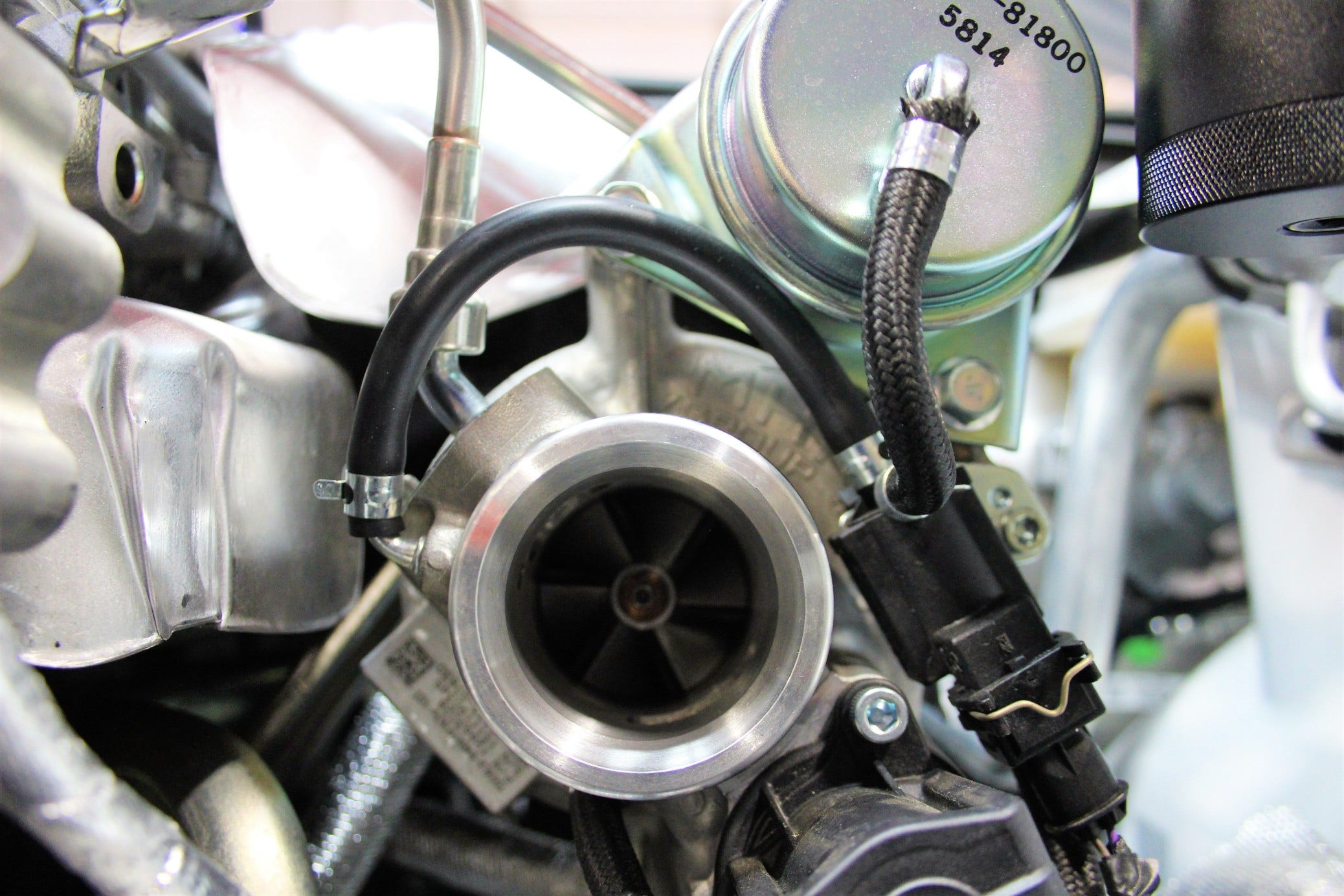
"The TurboChevy" - Intake R&D, Part 1: The Stock System
Chevy really decided to make history with this brand-new Camaro. It has the smallest motor ever offered in a Camaro and also marks the first Camaro with a four-cylinder power-plant since the third generation. This is also the first time any Camaro has been offered with a factory-installed turbocharger. To put that in perspective, the last time any Chevy even offered a factory-turbocharged, rear wheel drive vehicle with a manual transmission was back in the 1960's with the Corvair! My parents weren't even out of grade school yet!
This 2.0L turbocharged LTG Ecotec motor puts out a factory-rated 275hp with 295ft-lbs of torque at the crank. If you haven't already, see below for a quick clip of the stock dyno pulls we made on this car to see what numbers we were able to get!
This Camaro has an interesting stock intake system under the hood. The airbox has a few visual similarities to the 2016+ Camaro SS intake airbox. There is a unique way that this TurboChevy draws air into the system. Let's jump right into it.

Complete stock intake taken apart
Pictured above is the complete stock intake setup. The rubber elbow has a fairly sharp bend radius, but we plan to eliminate that in our design - the straighter the airflow, the better! Let's take a closer look at the airbox.

MAF housing with built-in straightener

Stock airbox
As you can see, the airbox is fairly standard. There is a mass airflow (MAF) straightener built into the housing, similar to the design for the Camaro SS intake airbox. The bottom half has the scoop that directs air into the intake. Let's move on to the intake tube.

Top view of the intake elbow

Side view of the intake elbow
This tube is unique not only because of the sharp bend, but also for what is inside. This is a two-part intake tube, and separating it reveals a distinctive feature that Chevy opted to include in this application.

Rubber, accordion style tube
This elbow reduces from a 3.5 inch inlet down to 2 inches, which is the diameter of the turbo compressor wheel opening. Look at the side-by-side comparison below.

Example of the reduced diameter at the turbo opening
You may now be wondering "What's with all the restriction?" It has to do with the second part of this intake tube assembly.

Turbo muffler piece in the housing

Turbo muffler piece by itself
That beige plastic piece in the intake muffles the sound of the turbo induction to help quiet things down a bit. Even though it is removable, however, it's still a pretty restrictive piece. When we took it out, it gave off the wonderful aroma of oil and fuel - the two things you don't want to be smelling in your intake system. We plan to have a fix for that later down the road. Speaking of which, look at the residue left inside the housing.

Oil residue inside the housing
The shiny material along part of the interior pictured above is a very thin but clearly noticeable coating of oil. Our TurboChevy has only a few hundred miles on it, and to see this already is a bit of an issue; we have dedicated an entire technical article as to why. Can you say "catch can"?! But I digress - this is an intake post!
What's Next?

It's dyno time!
Without giving too much away yet, we already have a few design ideas in the works and we have begun testing as well. Stay tuned for the next post as we dive right into some prototype designs!
Thanks for reading!
-Diamaan




